Abstraction and Geometry
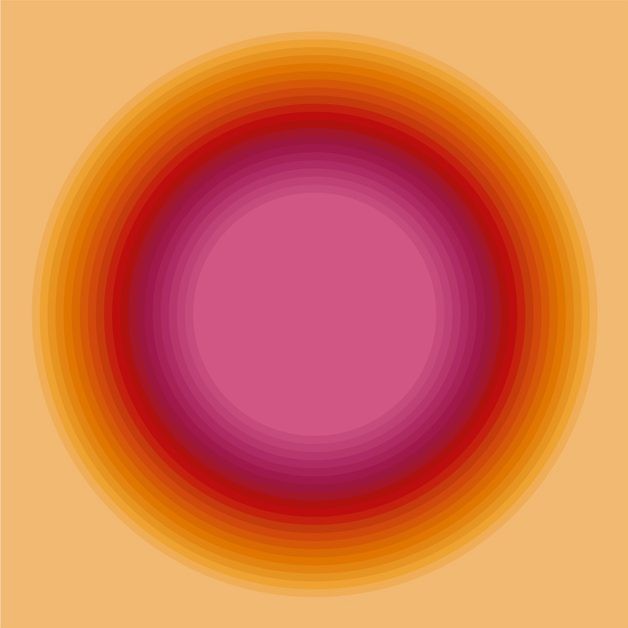
Frédérique Swist, Pule Nº1, 2021, Archival pigment print, 70✕70cm
Nothing is more concrete, more real than a line, than a color, than a surface.
As declared by the members of the Concrete Art group formed in the 1930s by Theo Van Doesburg, founder of the magazine De Stijl. Indeed, lines, shapes, and colors are at the very heart of the artistic movement known as geometric abstraction. FOCUS Art Fair invites you to discover four artists who perpetuate this movement through works combining abstraction, symbolism, dynamism, and technique.
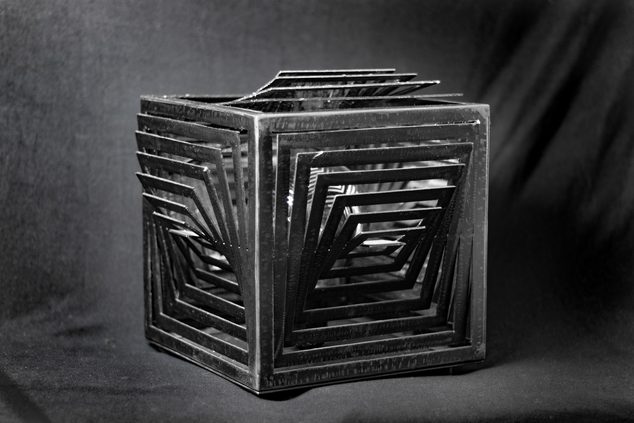
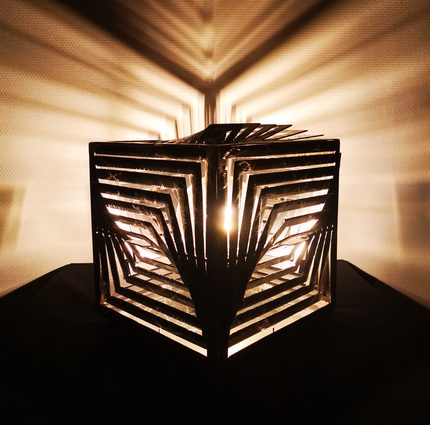
Julien Clar, Hexaphore, série limitée, sculpture lumineuse en acier, 25✕27✕25cm
Geometric abstraction, born in the 1910s, undoubtedly represents one of the main movements of contemporary art. Throughout the ages, it has demonstrated its vitality, reinvented itself, and expanded its field of expression according to technological advances. After renouncing figuration, this strict geometric formalism was first conceptualized by the pioneers of 20th-century abstract art such as Kupka, Kandinsky, Malevitch, and Mondrian. This search for a universal expression gives rise to a formal language where lines, shapes, and colors can embody a strong symbolism and carry meaning in an autonomous way.
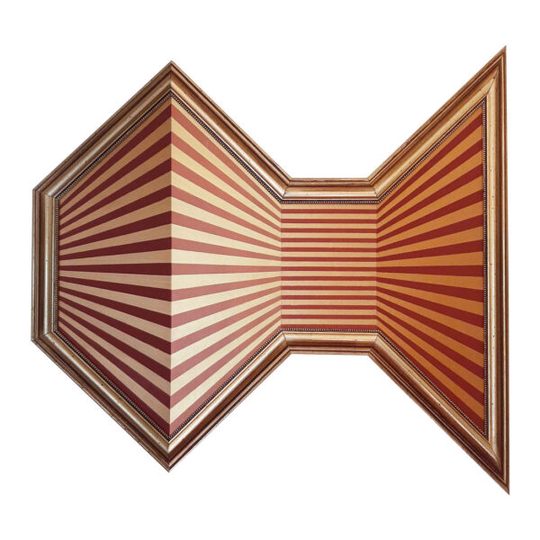
Zeljka Paic, Curiosity, Acrylic on canvas et MDF board, 115✕76✕4cm
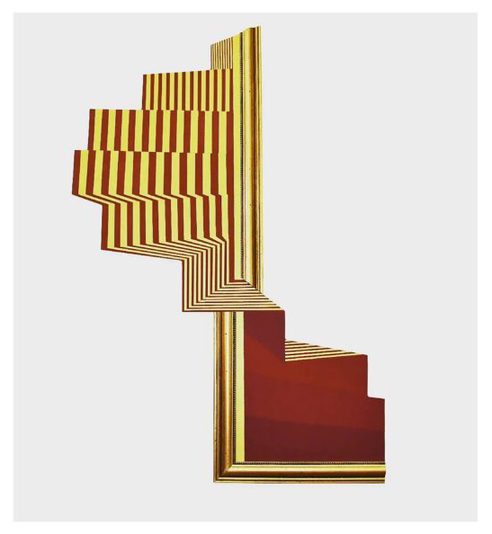
Zeljka Paic, Favorite Illusion V, Acrylic on canvas, 94✕95cm
This vibrant dynamism is visible in the works of artist Zeljka Paic. The artist and architect uses her creative imagination and her knowledge of geometry, space, compositions, and color harmony to create her works. Angles, squares, and perpendicular lines are decisive in her creative process. According to Paic, what we think of as “forms” are actually pathways of the mind, and what we consider obstacles are simply limits that we impose on ourselves and our imagination. Her paintings then call to be viewed from different angles and at different distances, which gives them a more or less abstract aspect, close to the optical illusion. Like Zeljka Paic, French artist Frédérique Swist uses her technical knowledge to create artistic visual experiences. Drawing on the visual traditions of Vasarely and Kandinsky, her works explore both geometric and organic shapes with an ongoing fascination for colors. Often inspired by scientific themes, her work bears witness to a particular aesthetic that she deploys through a series of modules. By approaching the visual as a mode of mediation between artistic and scientific production, her work results from an in-depth process of researching variations that represent "the closest to a perfect visual balance between colors and the shapes”.
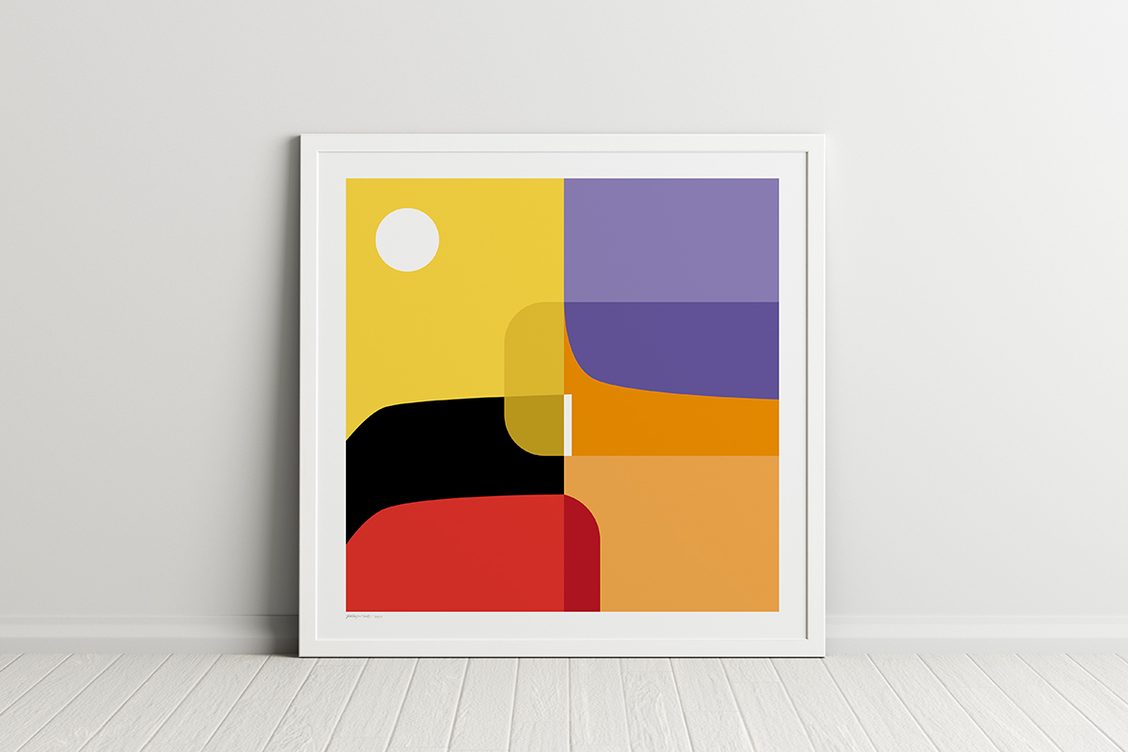
Frédérique Swist, The Measurement of Time versus Voltage and Current Nº2, 2020, Archival pigment print, 70✕70cm
In addition to its aesthetic and visual nature, geometric abstraction is also a source of symbolic reflection. Korean artist Soo Youn Kim conceives her work as interdisciplinary research combining drawing, installation, and sound. In Timesound, she represents through various geometric shapes and colors lunar calendars that illustrate the passage of time and the changing of the seasons. According to the artist, the change of seasons is not just a regular cycle of nature, it is an atmospheric flow of colors. The change of seasons reflects the shimmer between color spaces. Time passes and it can be seen and heard. Soo Youn Kim integrates light and sound to bring her creations to life and illustrate her point. French artist Julien Clar explores the symbolism of geometric shapes in his luminous sculptures. "Imagine, create and manufacture", is the maxim of this artist trained in metalworking, fascinated by the sacred geometry related to Plato’s solids. Each of the regular polyhedra in his Platophore collection represents an element, fire, earth, wind, water, and the Universe. Like Soo Youn Kim, Julien Clar incorporates light into his sculptures to give them additional force. His meticulous and highly thought-out “deployment” technique gives volume and harmonious movement to his almost cosmic “elements”.
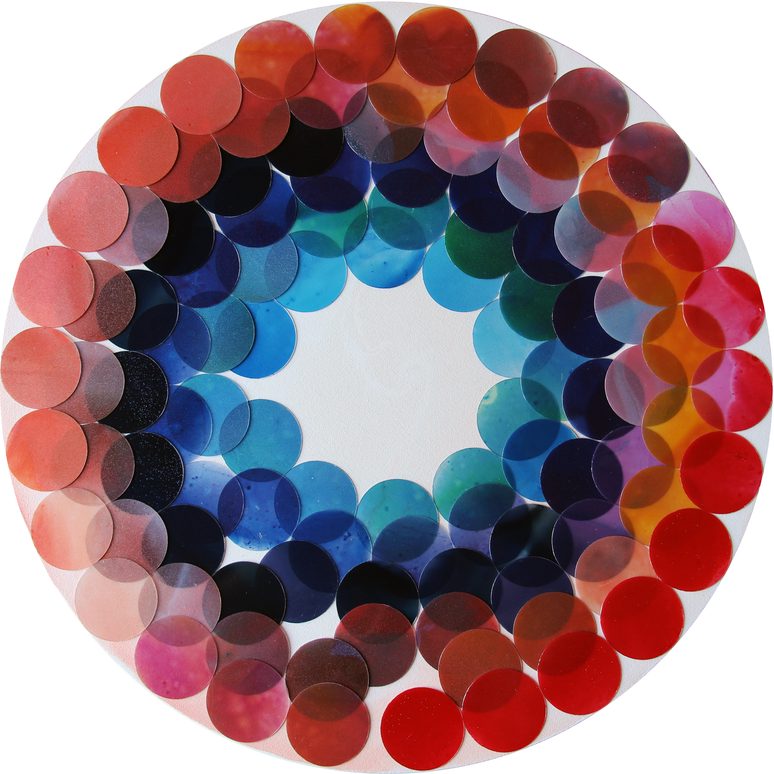
Soo Youn Kim, Season colors, summer-autumn, 2018, Acrylic and collage on canvas, 50✕50cm
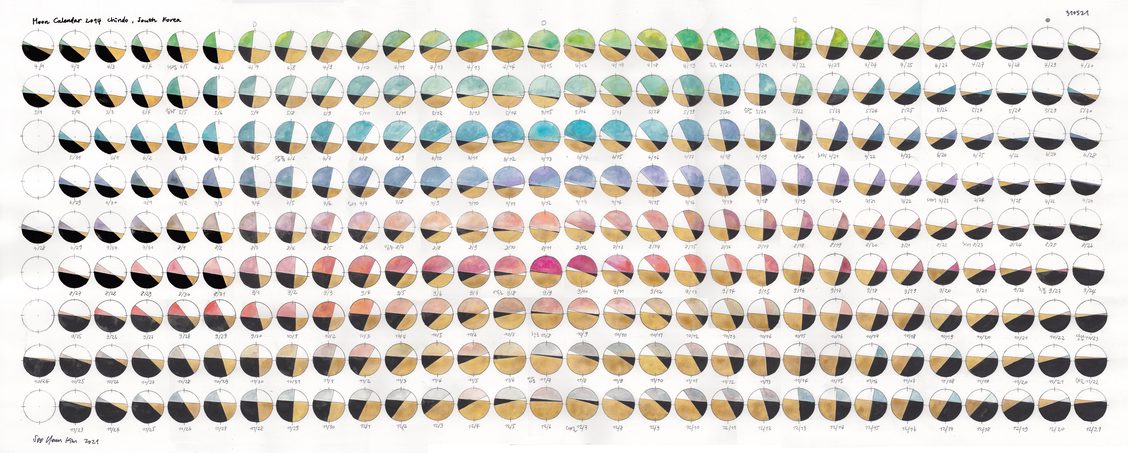
Soo Youn Kim, Moon Calendar 2014, 2021, Watercolor and pencil on paper, 40✕100cm
Between the play of light, materials, and recourse to technical systems and theorems, geometric abstraction feeds directly on our times by using both technical and artistic attributes to conquer new territories. Constantly evolving, geometric abstraction above all invites the viewer to observe and feel the shapes and colors that come alive and move.